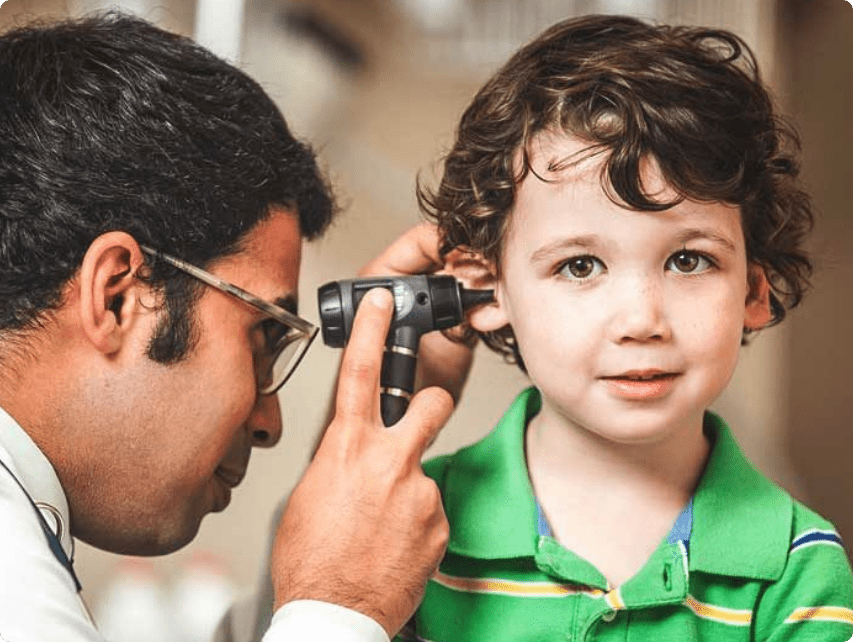What is the Tympanometry test?
The eardrum is a layer that divides the ear canal from the inner ear and is essential for hearing. The eardrum vibrates when sound travels through the ear canal. Tiny bones sense this vibration and transfer it to the inner ear and nerve system, where the brain processes it. Eardrum disorders ranging from infection to perforation may severely affect your hearing ability. As a hearing aid provider, we perform a variety of tests at our clinic to help you get the right hearing aid under budget.
Tympanometry is a medical word that refers to a test that evaluates the function and mobility of the eardrum and middle ear. The examination is typically rapid and painless unless the eardrum or middle ear is inflamed. Tympanometry data are plotted on a graph called a tympanogram by our experts to examine the results.



